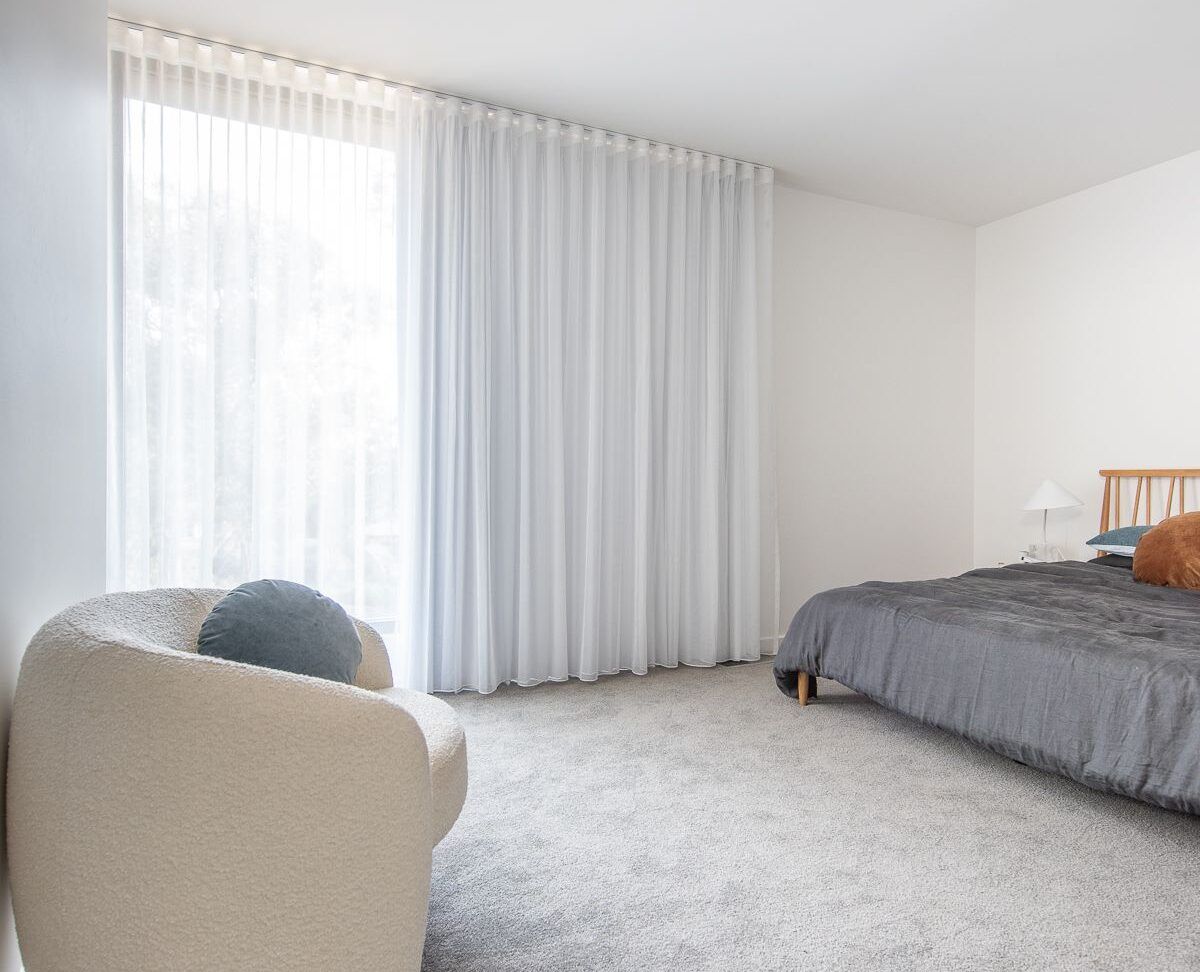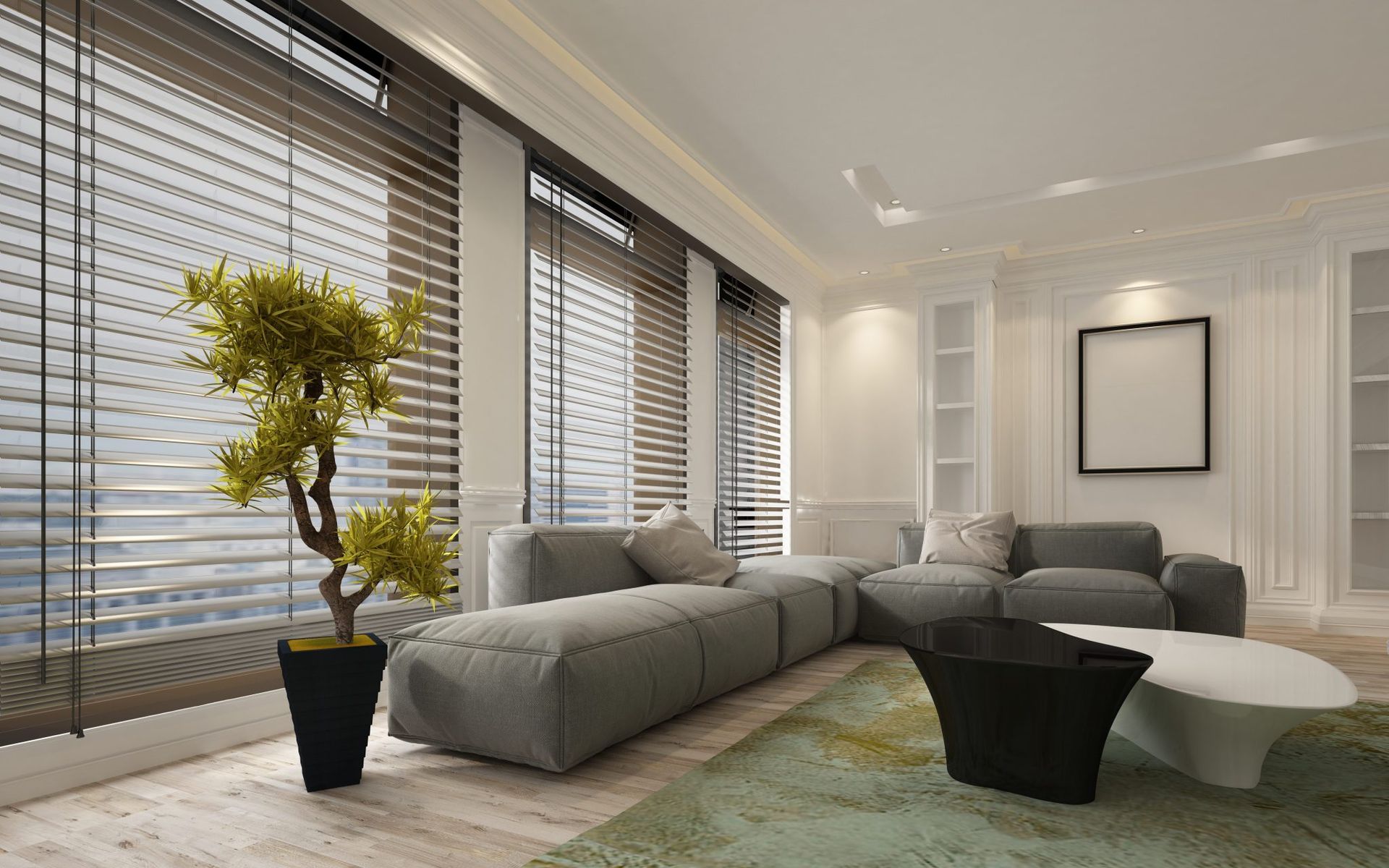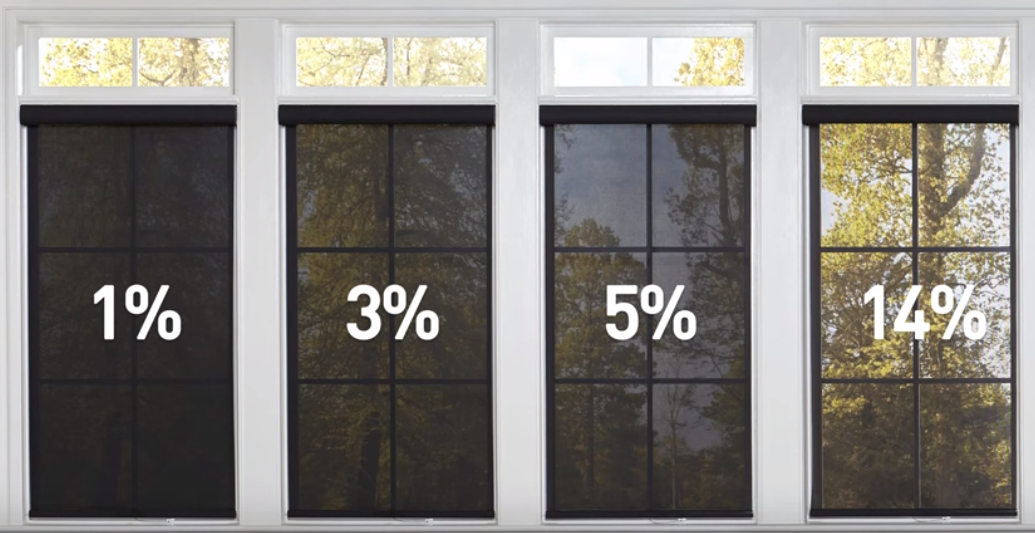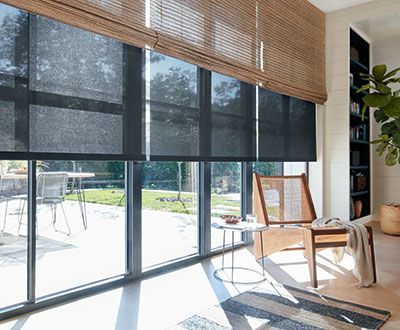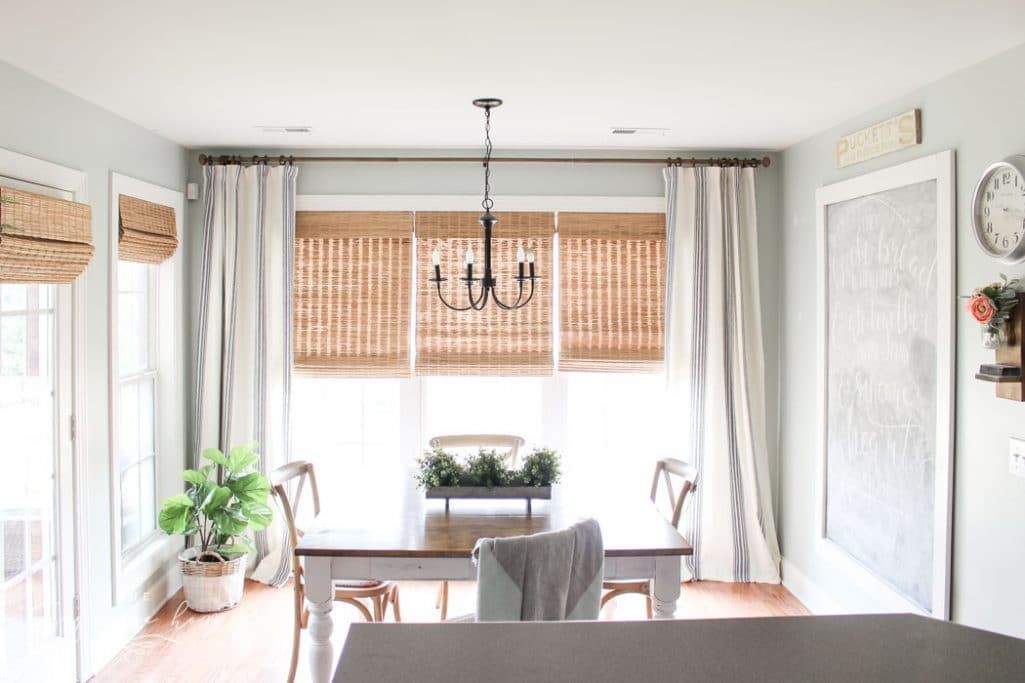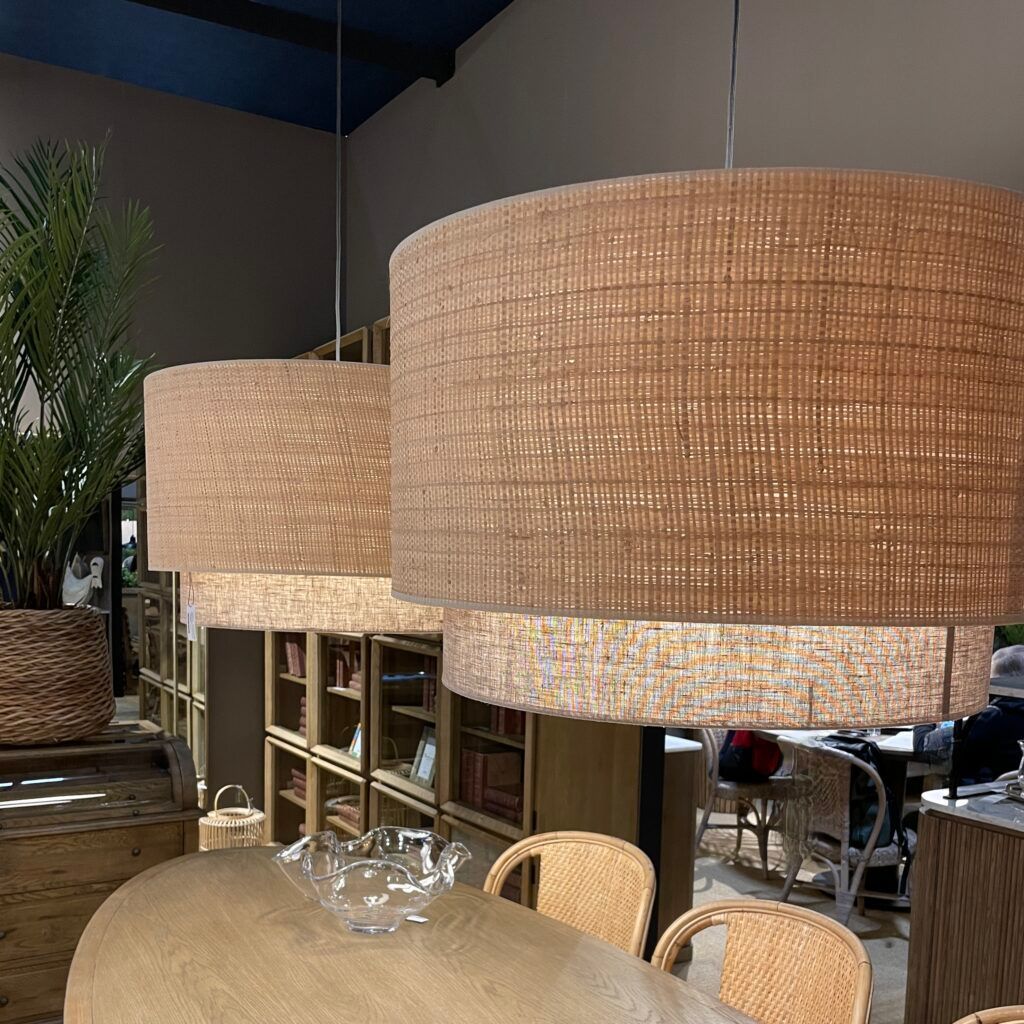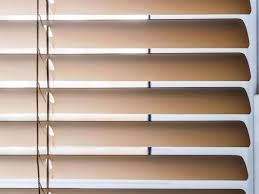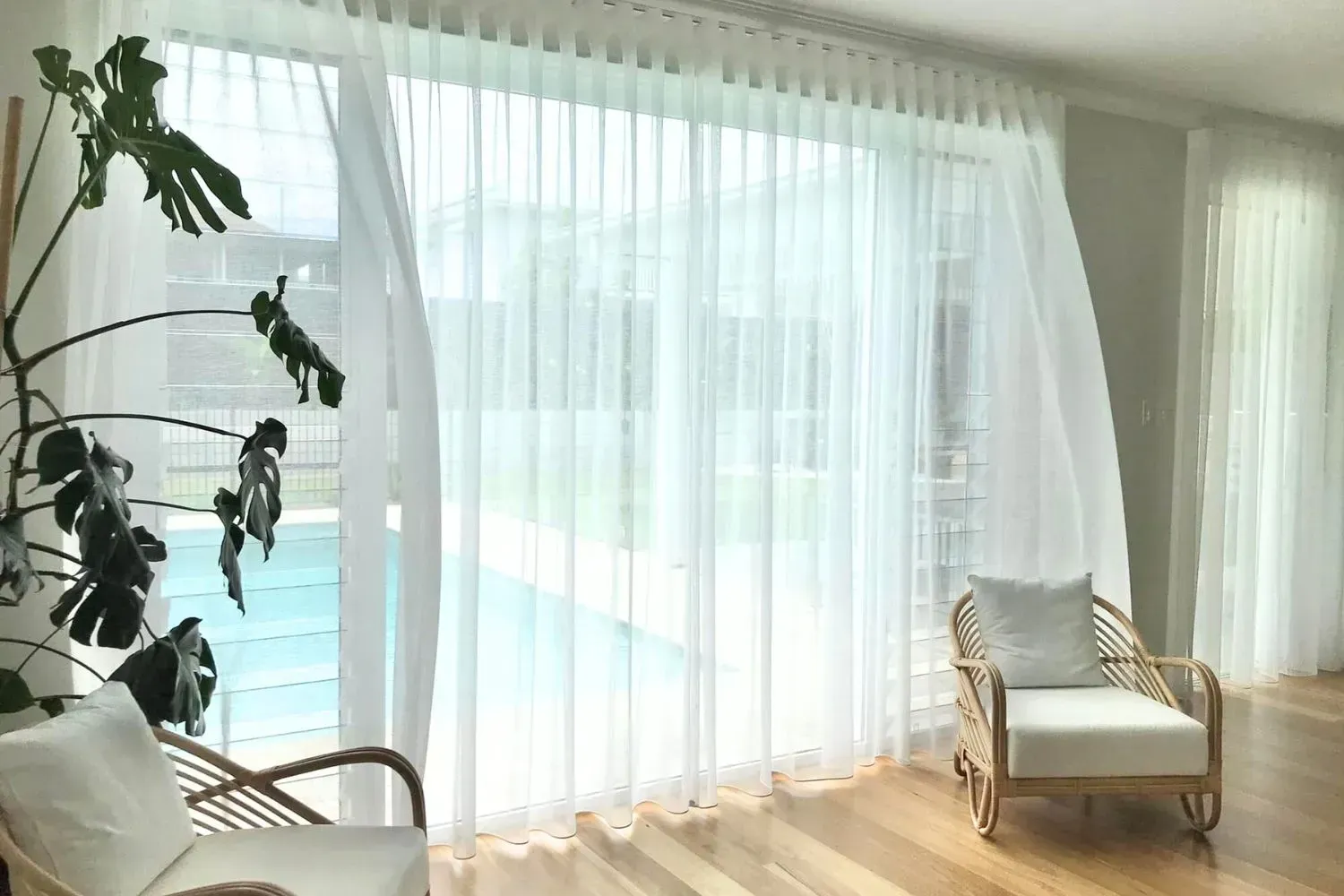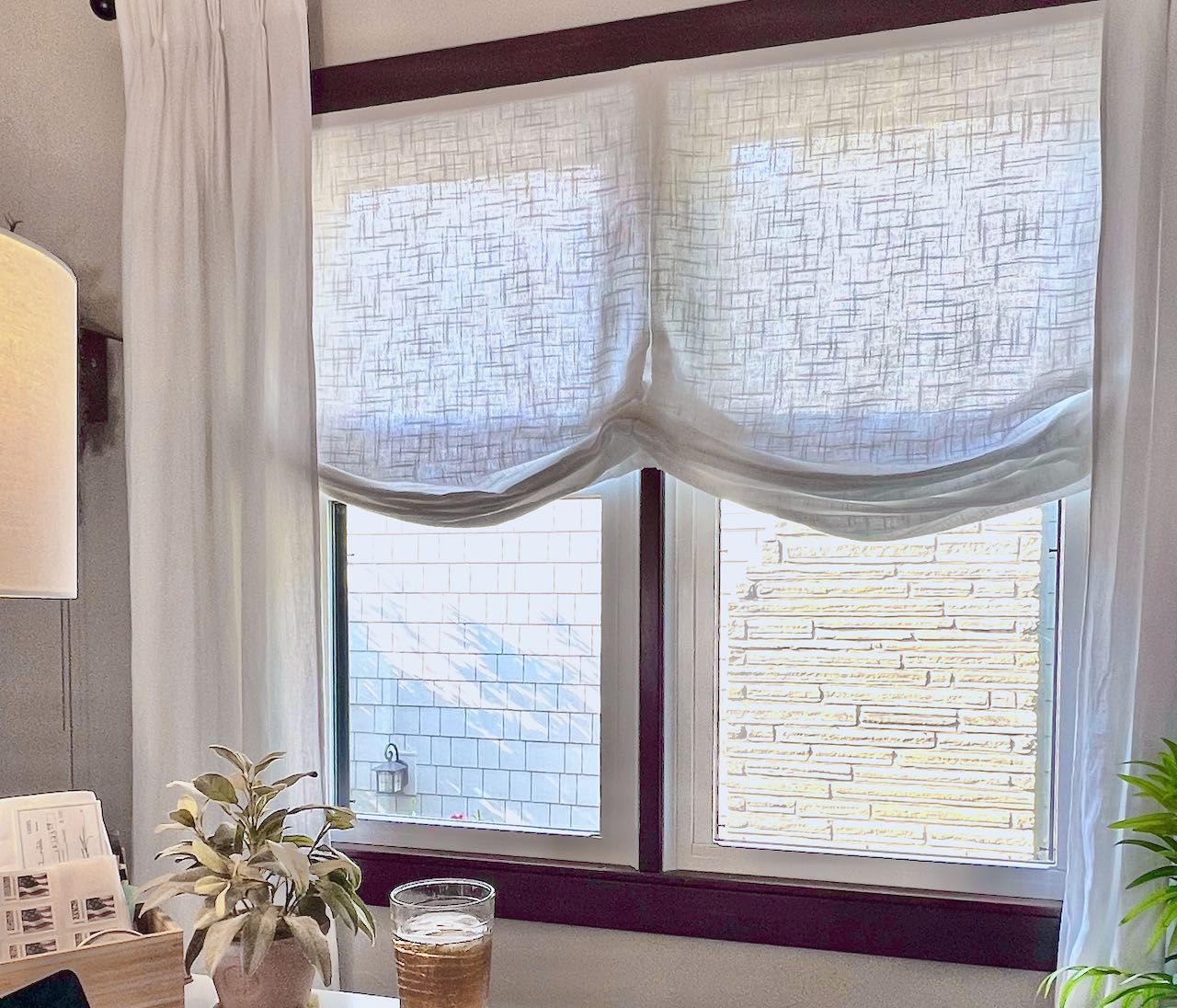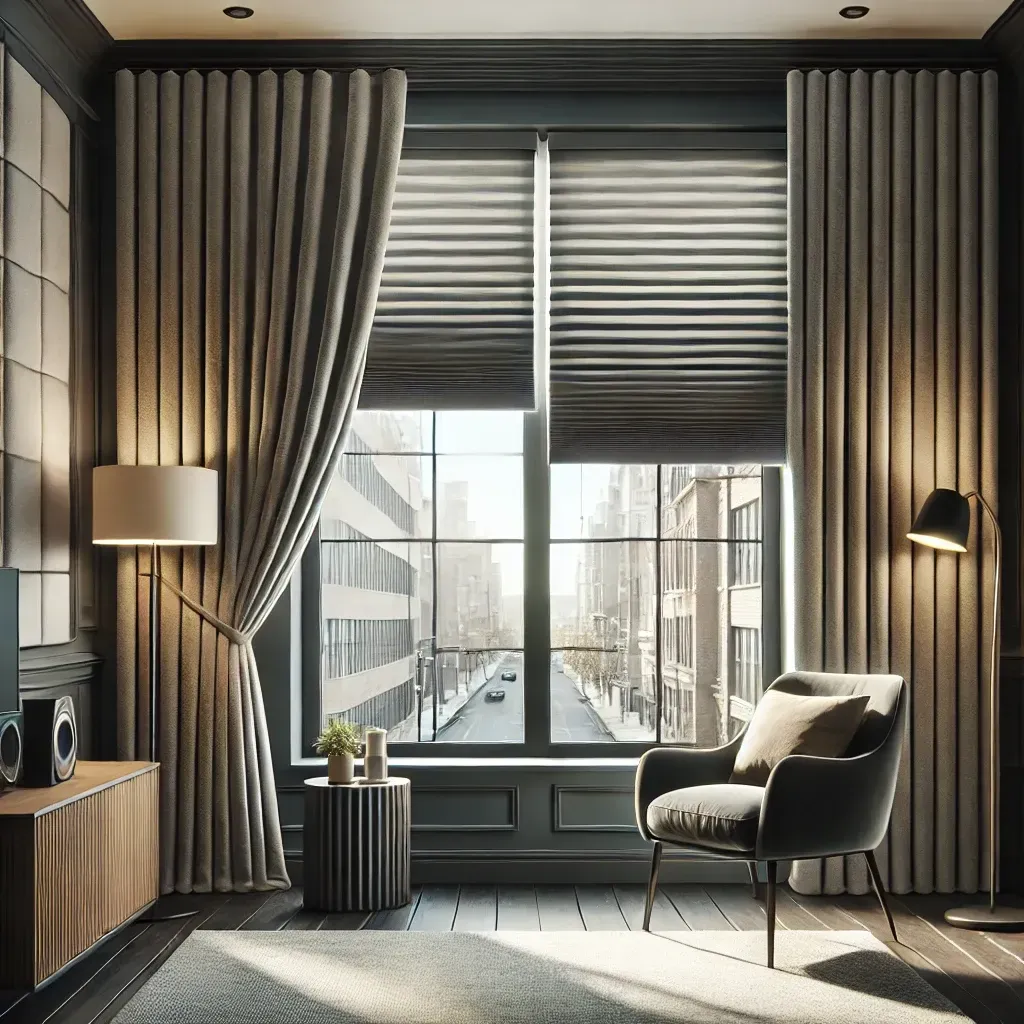Are Motorized Shades Battery-Operated or Hardwired, and Which Is Better?
When it comes to motorized shades, the choice between battery-operated and hardwired systems depends on your specific needs and installation situation. Battery-operated shades are ideal for easy installation and retrofitting, while hardwired shades provide a reliable, continuous power supply and are better suited for large or heavy window treatments.
What Are Motorized Shades?
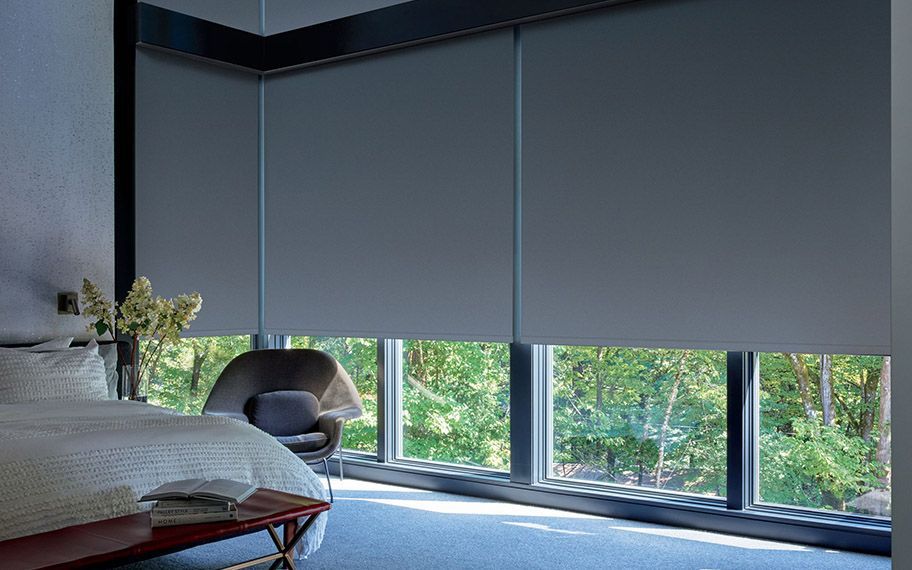
Motorized shades, also known as automated window coverings or smart shades, are electric window treatments that operate via a motor. These shades can be controlled remotely using a smartphone, remote control, or voice assistants like Alexa and Google Home. Popular for their convenience, aesthetics, and energy efficiency, motorized shades are a staple in modern smart homes.
Why Choose Motorized Shades?
- Convenience: Effortlessly adjust light levels or privacy with the touch of a button. Learn more about the Convenience of Motorized Window Treatments and how they enhance your daily living experience.
- Aesthetics: Clean, cord-free design enhances any room.
- Energy Efficiency: Many motorized shades optimize energy use by responding to sunlight levels.
- Safety: Eliminates cords, making them safer for homes with children or pets.
Battery-Operated Motorized Shades: Pros and Cons
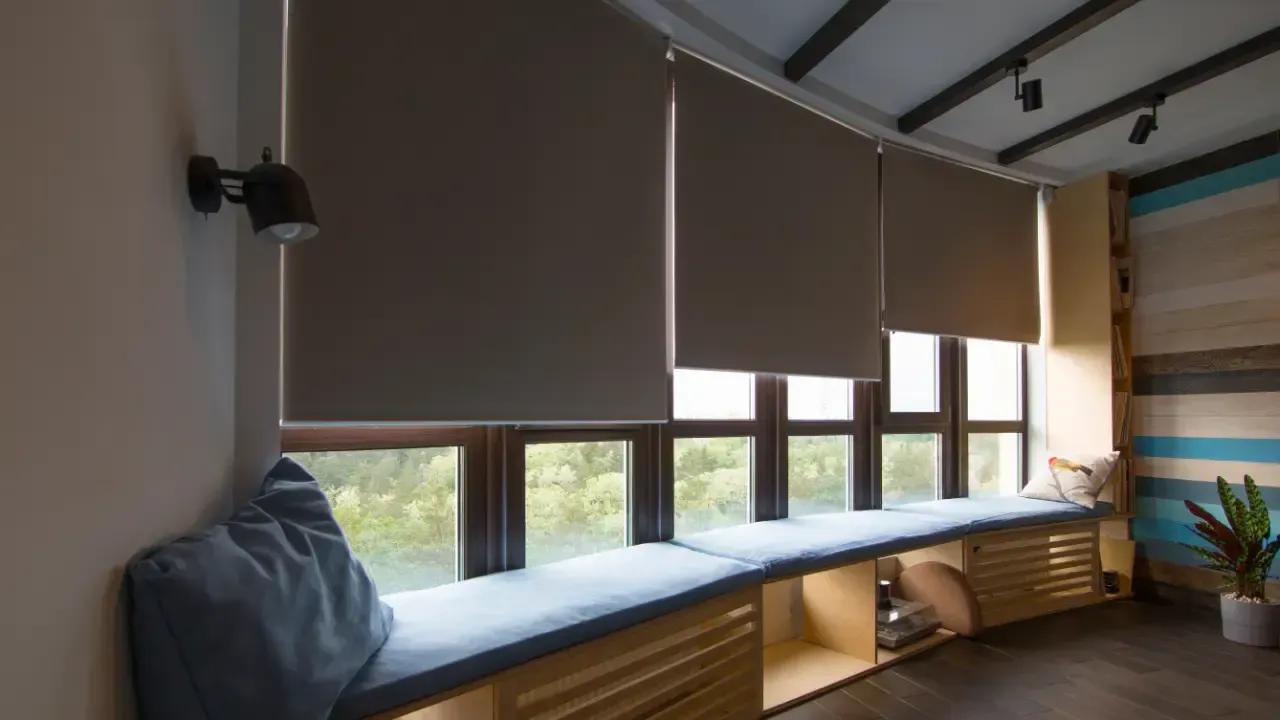
Advantages of Battery-Operated Shades
- Easy Installation: No wiring is required, making them perfect for DIY projects or rental properties.
- Portability: These shades are ideal if you plan to move or want flexibility in placement.
- Cost-Effective: Initial costs are lower, as there’s no need for professional installation.
- Low Energy Consumption: Some systems use rechargeable batteries, reducing the need for frequent replacements.
- Versatility: They work well in spaces where hardwiring isn’t feasible, such as older buildings or areas with limited electrical access.
Disadvantages of Battery-Operated Shades
- Battery Maintenance: Batteries need replacement or recharging, depending on usage.
- Limited Power: May struggle to operate large or heavy shades effectively.
- Performance Inconsistency: Synchronizing multiple shades can sometimes be less reliable.
- Environmental Impact: Non-rechargeable batteries contribute to waste if not disposed of properly.
Hardwired Motorized Shades: Pros and Cons
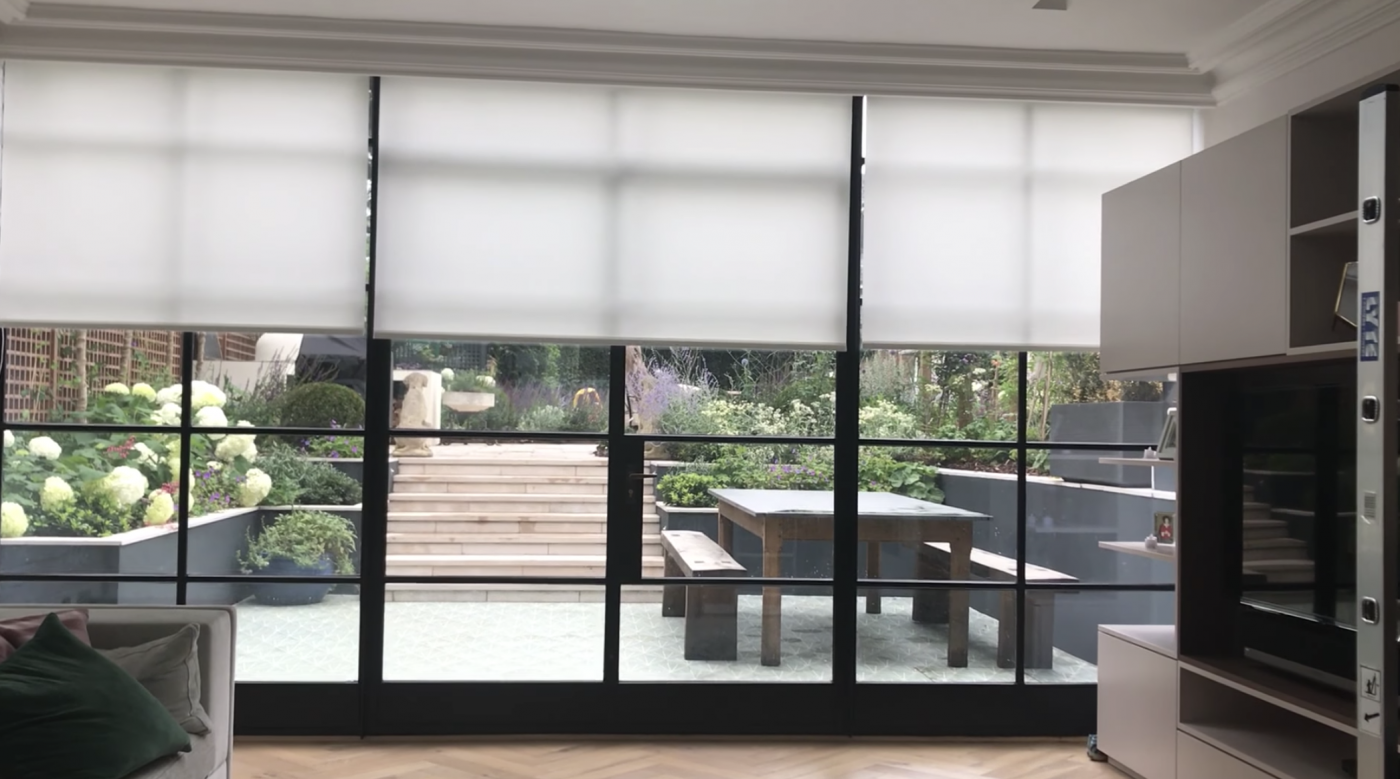
Advantages of Hardwired Shades
- Reliable Power Supply: Continuous power ensures consistent performance.
- Strong Motors: Suitable for operating larger or heavier window treatments.
- No Battery Maintenance: Eliminates the hassle of replacing or recharging batteries.
- Professional Look: Wiring can be concealed for a seamless, polished appearance.
- Durability: Hardwired systems often have a longer lifespan due to the absence of battery-related wear and tear.
Disadvantages of Hardwired Shades
- Complex Installation: Requires professional assistance and electrical wiring.
- Higher Upfront Costs: Installation and wiring add to the expense.
- Limited Flexibility: Placement is constrained by access to electrical wiring.
- Disruption During Installation: Adding wiring to existing structures can be invasive and time-consuming.
Battery-Operated vs. Hardwired Shades
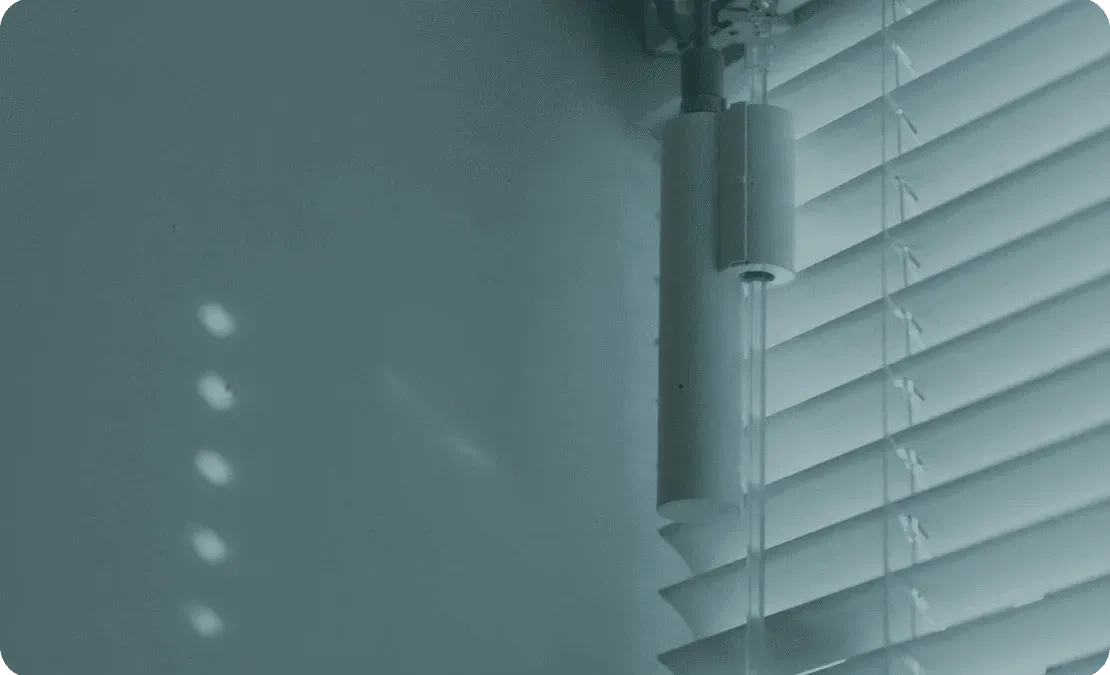
Installation and Maintenance
- Battery-Operated: Easy to install and maintain; batteries require periodic replacement or recharging. Suitable for renters or temporary setups.
- Hardwired: Requires professional installation but minimal maintenance post-installation. Best suited for long-term or permanent residences.
Performance
- Battery-Operated: Adequate for light to medium use; may underperform with large/heavy shades. Battery performance can decline over time.
- Hardwired: Reliable and powerful, even for the heaviest shades. Operates smoothly without interruptions.
Cost Over Time
- Battery-Operated: Lower upfront cost but recurring expenses for batteries. Rechargeable options can mitigate ongoing costs.
- Hardwired: Higher initial cost but minimal ongoing expenses. Long-term cost efficiency makes them ideal for homeowners.
Design Flexibility
- Battery-Operated: Easily retrofitted into existing spaces; no wiring constraints. Ideal for historical or uniquely designed homes.
- Hardwired: Best for new builds or major renovations where wiring can be planned. Offers a cleaner, more integrated look.
Safety Considerations
- Battery-Operated: Cordless design enhances safety for homes with children and pets.
- Hardwired: Also cordless, but installation complexity may require additional safety checks during setup.
Smart Home Integration
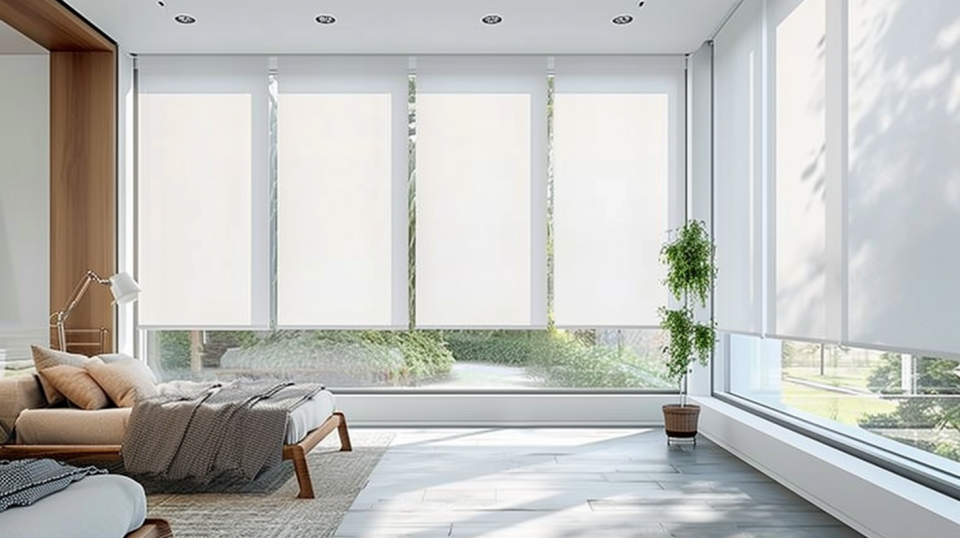
Both battery-operated and hardwired shades integrate with smart home systems like Alexa, Google Home, and Apple HomeKit. However:
- Battery-Operated: Easier setup for wireless systems but may require frequent battery changes for continuous connectivity.
- Hardwired: More reliable connectivity with a stable power source. Ideal for advanced automation systems that demand consistent power.
Compatibility Considerations
- Battery-Operated: Works well with retrofit smart home setups. Wireless nature simplifies integration.
- Hardwired: Offers advanced customization for fully integrated smart homes, enabling features like scheduling and scene creation.
Environmental Considerations
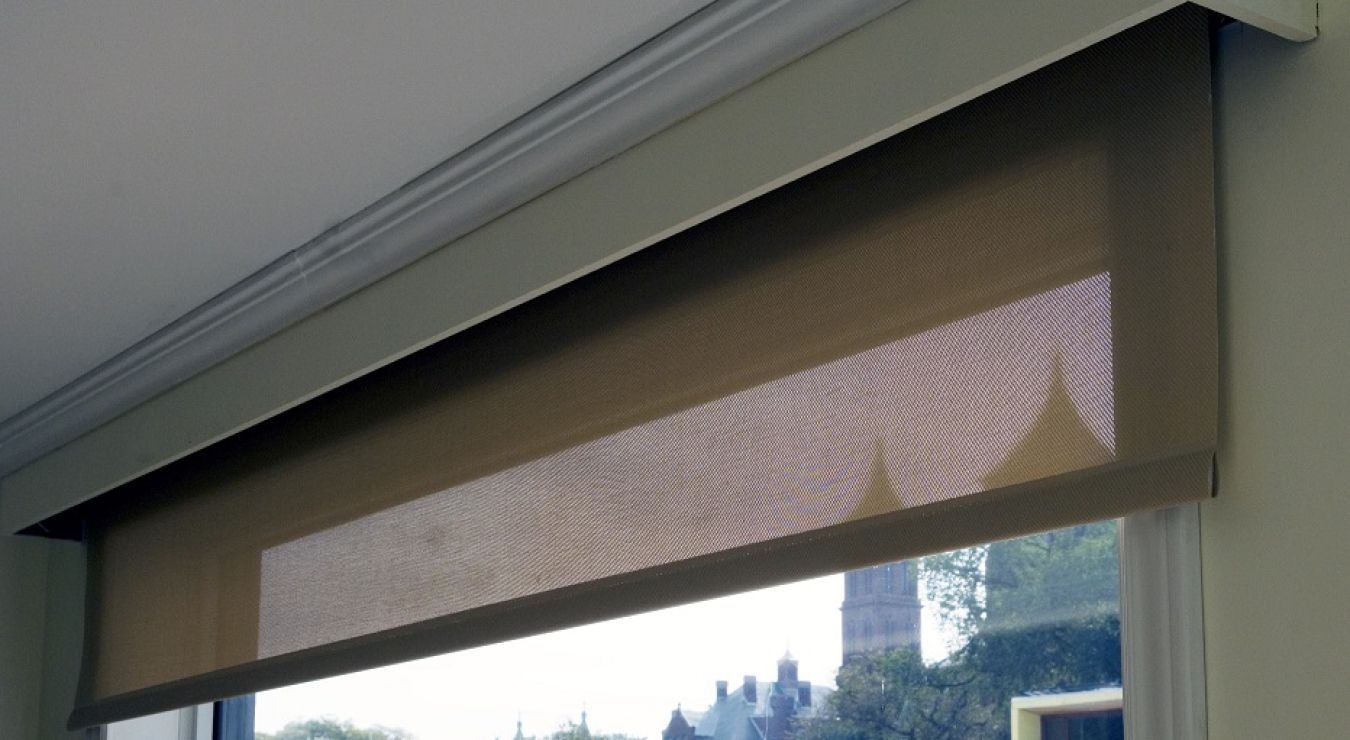
- Battery-Operated: Rechargeable batteries reduce waste but require periodic replacement. Recycling options may vary based on location.
- Hardwired: Consumes continuous electricity but eliminates battery waste. Energy-efficient systems can mitigate power consumption.
Sustainability
- Battery-Operated: Consider eco-friendly battery options or solar-powered motors to minimize environmental impact.
- Hardwired: Use with energy-efficient motors and smart scheduling to reduce overall electricity usage.
Conclusion
The choice between battery-operated and hardwired motorized shades boils down to your unique needs. For renters or those prioritizing ease of installation, battery-operated shades are the way to go. If you own your home and value long-term reliability and power, hardwired shades are a better investment. Consider factors like window size, budget, and installation constraints when making your decision.
FAQs
How often do batteries in motorized shades need replacement?
Typically, batteries last 6 to 12 months, depending on usage. Rechargeable options may last longer with regular charging.
Can I retrofit existing shades with a motorized system?
Yes, battery-operated systems are particularly suited for retrofitting. Hardwired systems may require significant modifications.
What’s the cost difference between battery-powered and hardwired blinds?
Battery-powered shades have lower upfront costs, but hardwired systems offer better long-term value.
Are motorized shades worth the investment?
Absolutely! They enhance convenience, aesthetics, and energy efficiency, making them a valuable addition to modern homes.
Can motorized shades be solar-powered?
Yes, solar-powered motorized shades are an emerging option, combining sustainability with convenience.

